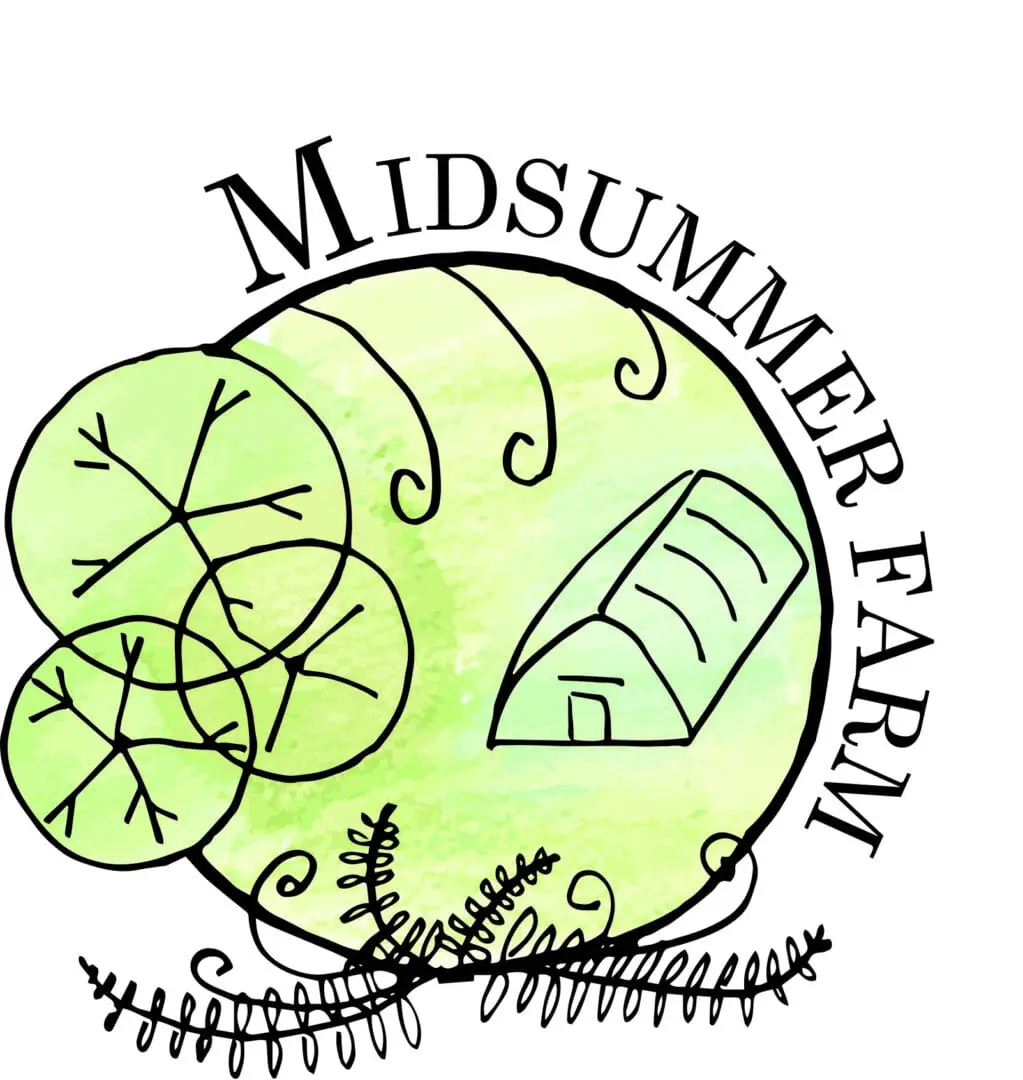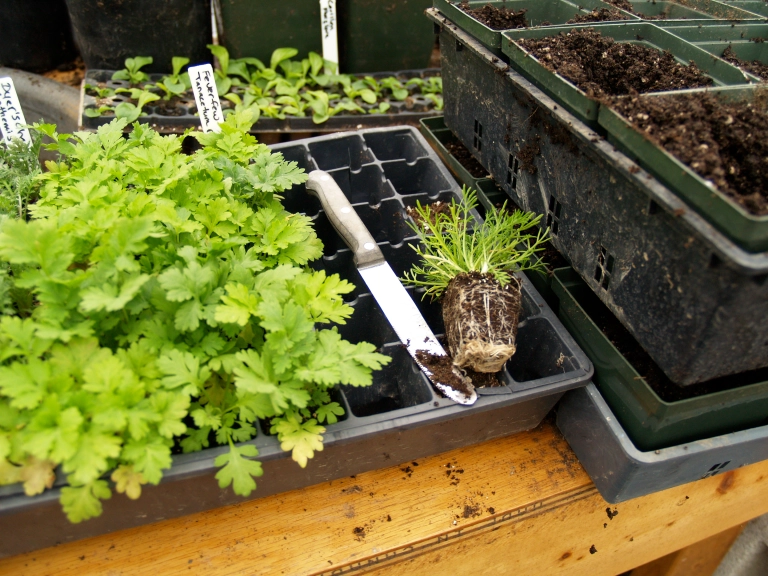
SCHEDULING YOUR SEED STARTING
Following is a list of my general dates for getting particular groups of seeds started. Sometimes I end up late. Sometimes I get antsy and plant things earlier. You do have to experiment, and when you are planting your seeds you never know what the weather conditions will be like in 6 to 8 weeks… so sometimes you are going to be perfectly timed and sometimes you’ll be a little off.
So let’s first review Last Frost Date. I have found that it is a best practice to look up your official Last Frost Date in your area and then add two weeks to it. The official Last Frost Date is calculated more as an average, and although that may make some sort of sense to someone, frosts do occur after that average number very regularly. And a hard frost is deadly. It is often a complete redo for warm weather crops, like tomatoes. So add the 2 extra weeks to your Last Frost date. So if the Last Frost Date in your area is May 15th wait until May 29th to plant frost sensitive stuff.
The health of your plants as you get close to planting time also has to do with your general care of them. I always do a double transplant of plants that grow big and need a long season to produce like tomatoes. I start my tomato seeds in 1” cells, then transplant into a 3.25-4” pot, then transplant again into the garden. Transplanting gives plants little growth bursts (without using synthetic hormones), as the plants will release natural growth hormones as they are transplanted. The larger pot also gives them more room for their roots so you have a bigger window of opportunity to plant them out into the garden or raised beds.
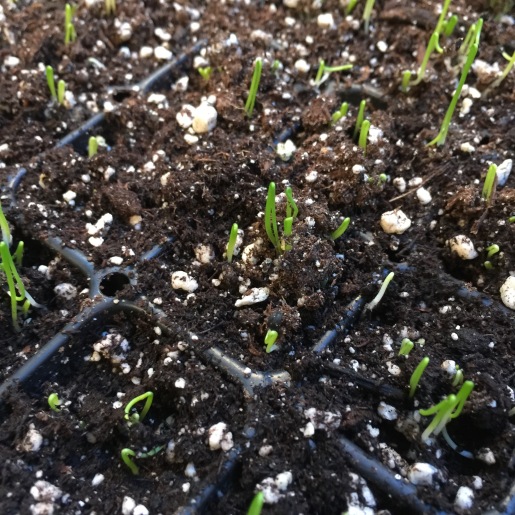
GENERAL DATES TO TRY FOR:
January 20th
Sow: All onions (chives, scallions, leeks, bulbing, etc.), parsley (flat and curly), lovage, celery, celeriac, slow herbs like eucalyptus, digitalis, mountain mint, bee balm, echinaceas, salad burnet, etc., slow flowers like lisianthus and ammi, cold weather flowers like snapdragons, pansies and violas, artichokes, cardoons…
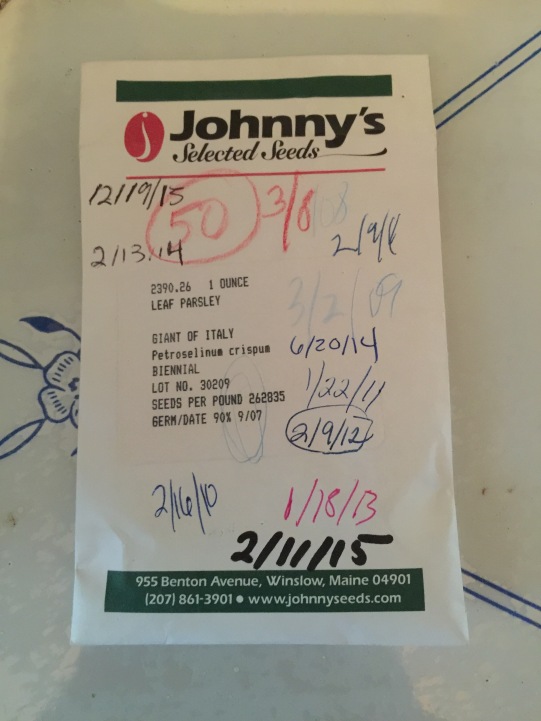
February 1st
Sow: Brassicas (broccoli, cauliflower, collards, kales, Brussels sprouts, kohlrabi, etc.), Swiss chard, sorrel…
February 15th
Sow: Fast growing plants that like cool weather, like lettuce, spinach, calendula, bak choi, other Asian greens, escarole, endive, chicories, fennel, and most other perennial herbs should be planted by now like balloon flower, feverfew, chamomile, figwort, summer savory, astragalus, etc.
March 1st
Sow: Tomatoes, peppers, eggplants, tomatillos, okra, tobacco, and annual flowers such as celosia, bells of Ireland, alyssum, asters, stock, sweet william, etc.

March 15th
Inside, Sow: Basils, marigolds, morning glories, sweet peas…
Outside, in garden, you can sow pea seeds in ground, favas, arugula, mustards, radishes…
April 1st
Sow things inside that need warm weather for planting out but grow fast or big – like borage, sunflowers, Malabar spinach, nasturtium,
Outside, directly into the ground, you can sow more radishes, as well as carrots, beets, turnips, broccoli raab, Asian greens, lettuces, endives, escaroles (note that we also sowed some of these in the house to transplant out now – so you’ll have some big ones and some coming up later for an extended harvest.)Sow any cold weather grains now as well such as wheat.
April 15th
Sow some cucumbers, melons, and squash in 3.25 or 4” pots indoors.
Keep sowing spinach, lettuce, beets, carrots, turnips, radishes, Asian greens, as well as dill, arugula, cilantro outside in the garden.
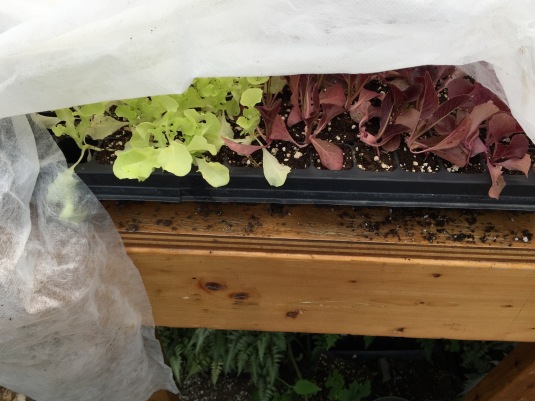
May 1st
Sow another round of cucumber, melons, and squash in pots in the house.
May 15th
Sow yet another round of cucumber, melons, and squash in pots in the house (This will give you a back up if Squash Vine Borers or some other disaster hits one group…).
May 20th
Beans, Soybeans, corn, oats, buckwheat all like to be planted in warm soil and may rot if planted in cold damp soil. If your soil is nice and warm, plant these all now, directly into your garden.
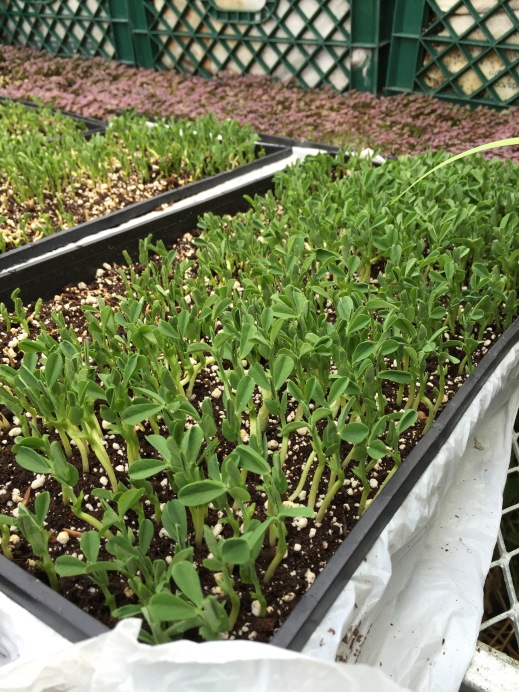
May 3oth
At this point, you should be wildly transplanting plants into the garden and you’ll probably take a break from seeding.
June 30th
I start seeding again – things that grow fast and that bolt in hot weather, like arugula, spinach, lettuce, dill, cilantro. As summer heat sets in, I usually harvest these as small greens or ‘baby’ greens, and replant every two weeks or so for a constant supply.
Fourth of July Weekend – I start planting seeds inside my house again under lights for Second Spring. These would be all cool weather crops like Brassicas and greens that will be harvested in the Fall, early Winter, and next Spring.
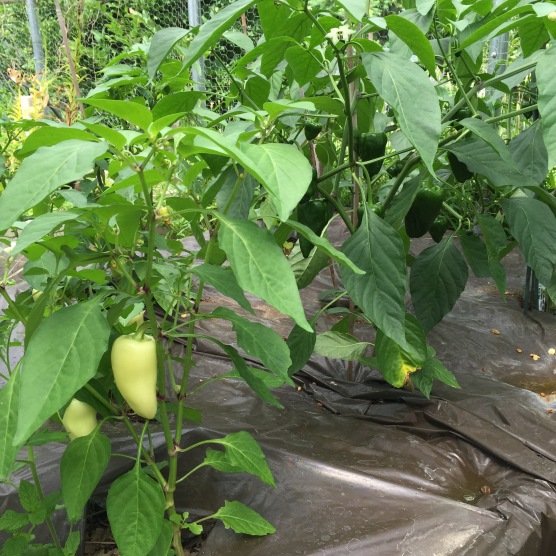
I obviously cannot list everything – feel free to email me for advise on particular varieties and types of plants! barbara@midsummerfarm.com
Visit our Seed Starting Tips Page
And we offer two different versions of our Seed Starting Workshop!
Want to really learn Organic Gardening? We’ve got all sorts of options here at Midsummer Farm!

